Behind The ‘Monstrous Manual’: PART 5
June 14, 2024
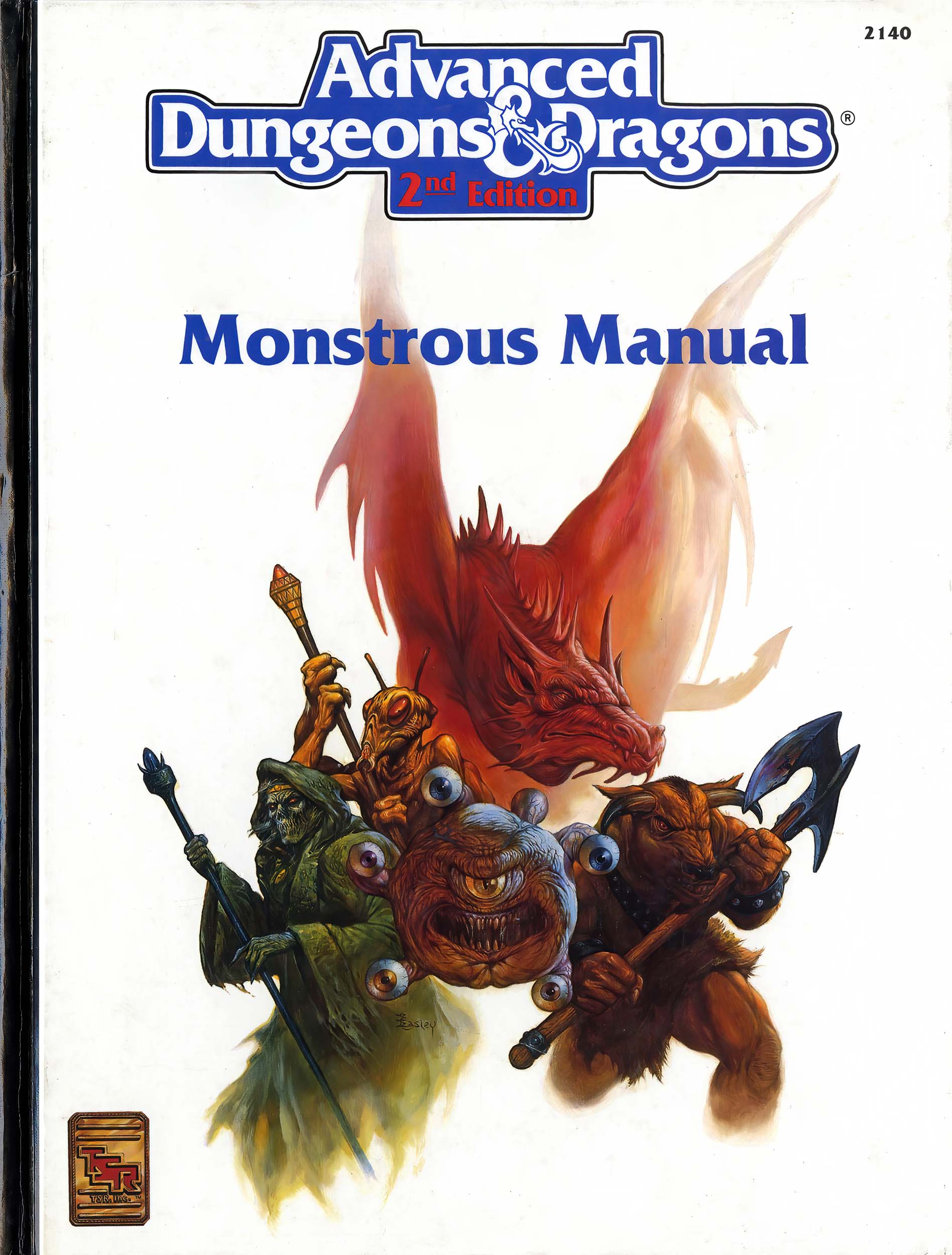
The Fairy Folk
We enter the enchanting fairytale world of sprites, sylphs, gnomes and other fae folk in this installment of ‘Behind The Monstrous Manual’. Previously, I spoke about mythology, folklore and J.R.R. Tolkien’s classic books, The Hobbit and Lord of the Rings trilogy influencing Gary Gygax and his designers when creating Dungeons & Dragons in the 1970s.
ILLUSTRATION # 145: Hobbit Halfling
“Why is it called a halfling when it is clearly a hobbit?” you ask. Well, this race of half-sized humans were referred to as hobbits in the early printings of D&D…that is until TSR received a warning from the rights owner of Tolkien’s Estate. As Gygax recounted in 2002:
“TSR was served with papers threatening damages to the tune of half a mil by the Saul Zantes (sp?) [Tony here, he’s referring to Saul Zaentz] division of Elan Merchandising on behalf of the Tolkien Estate. The main objection was to the boardgame we were publishing, The Battle of Five Armies. The author of that game had given us a letter from his attorney claiming the work was grandfathered because it was published after the copyrights for JRRT’s works had lapsed and before any renewals were made. The action also demanded we remove balrog, dragon, dwarf, elf, ent, goblin, hobbit, orc, and warg from the D&D game. Although only balrog and warg were unique names we agreed to hobbit as well, kept the rest, of course. The boardgame was dumped, and thus the suit was settled out of court at that.”
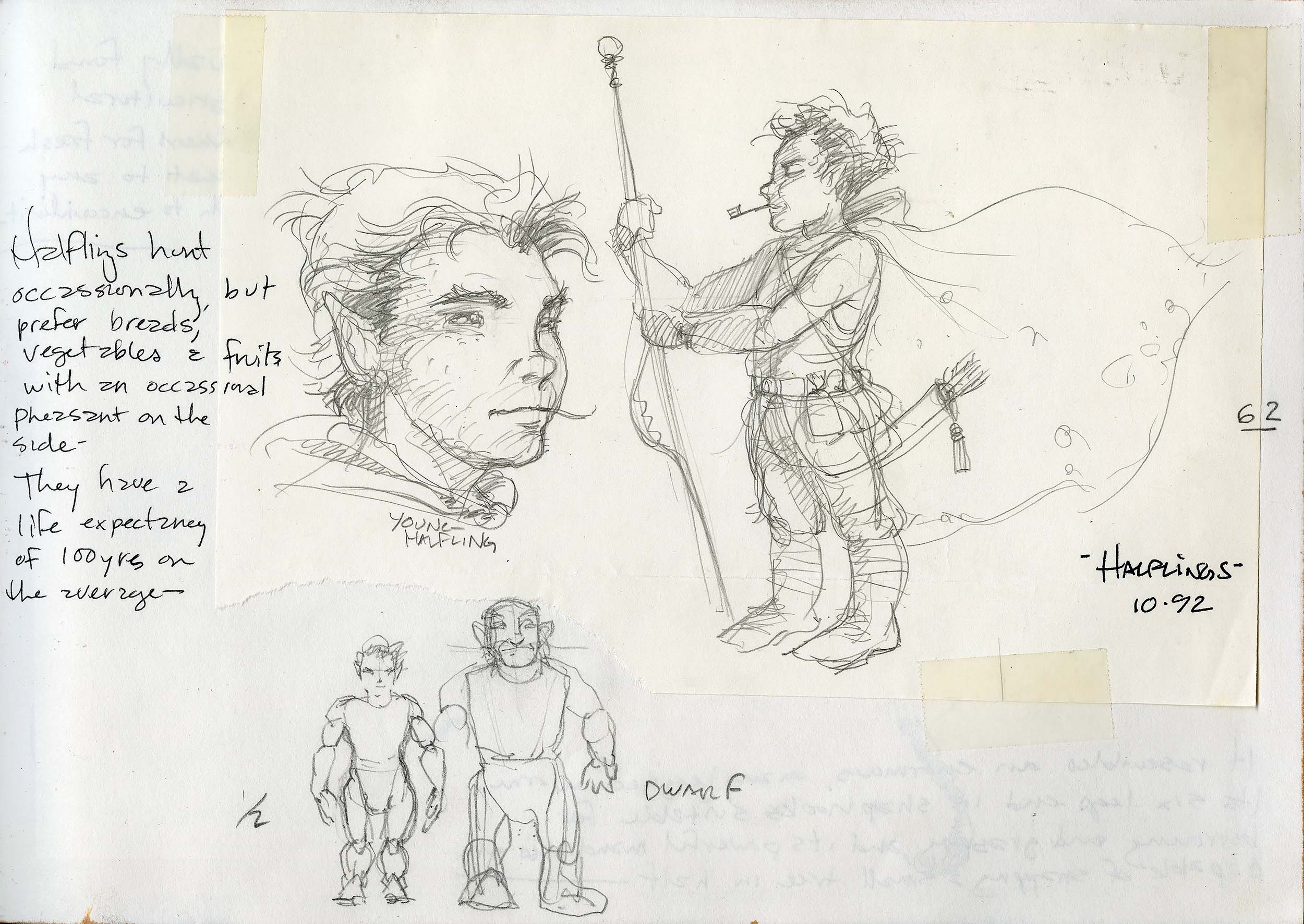
…and there you have it. Apparently, amongst the designers at TSR during production of the Monstrous Manual, there was debate on whether halflings had pointed ears or not. Project Coordinator and Creature Catcher, Tim Beach, noted: “Your halflings on page 62 are good, but like we talked about, cover up the ear so we don’t see if it is pointed or not.”

Although I was a fan of the Rankin & Bass 1977 production of The Hobbit, I tried for a less exaggerated, more serious take, as per Tim’s initial notes to me at the onset. I’d previously thought the original artwork of the halfling was sold off but uncovered it tucked amongst some files while researching for this article! A treasure rediscovered, worthy of Gollum’s greed.
ILLUSTRATIONS #130 & #131: Gnome
Throughout my career, I’ve talked about my obsession with famed fairy artist Brian Froud. His 1978 book, Faeries, blew my 10-year-old mind when mom brought it home from the bookstore. The mind-blowing continued when I saw his earthy, grotesque drawings come to life in Jim Henson’s 1982 film The Dark Crystal. Certainly, The Spiderwick Chronicles wouldn’t exist if it hadn’t been for Froud’s influence. A particular favorite of mine was his painting of the Irish spirit, the Fear Dearg:
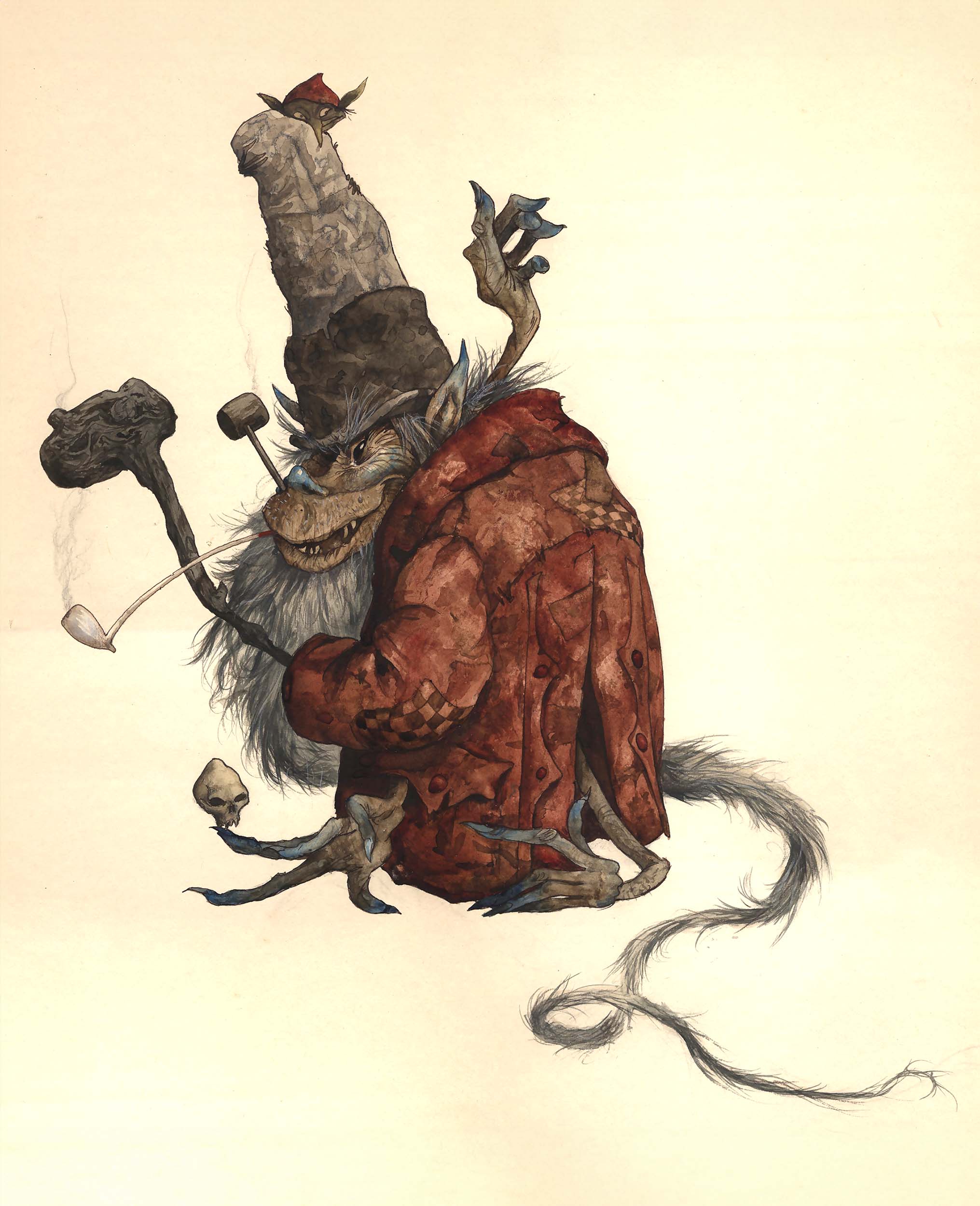
There’s just so much awesome here I can hardly take it all in! The Dearg’s tattered, patchwork jacket inspired Hogsqueal’s attire, seen here:

But a decade before Spiderwick, Froud’s iconic illustration also inspired this sketch, of a gnomish self-portrait in November, 1992:
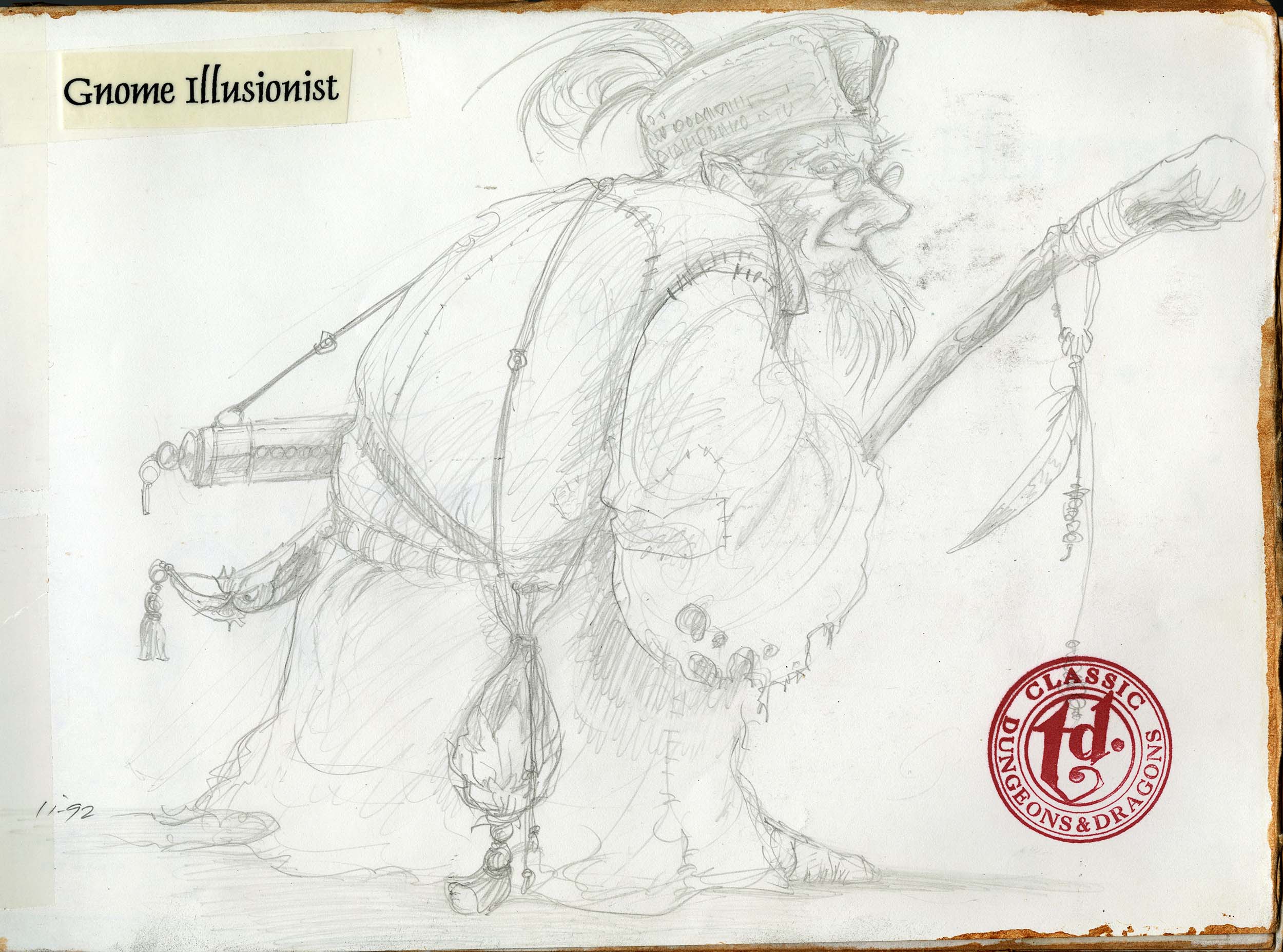
Tim loved this drawing, saying: “He’s perfect; ink him and color him.”
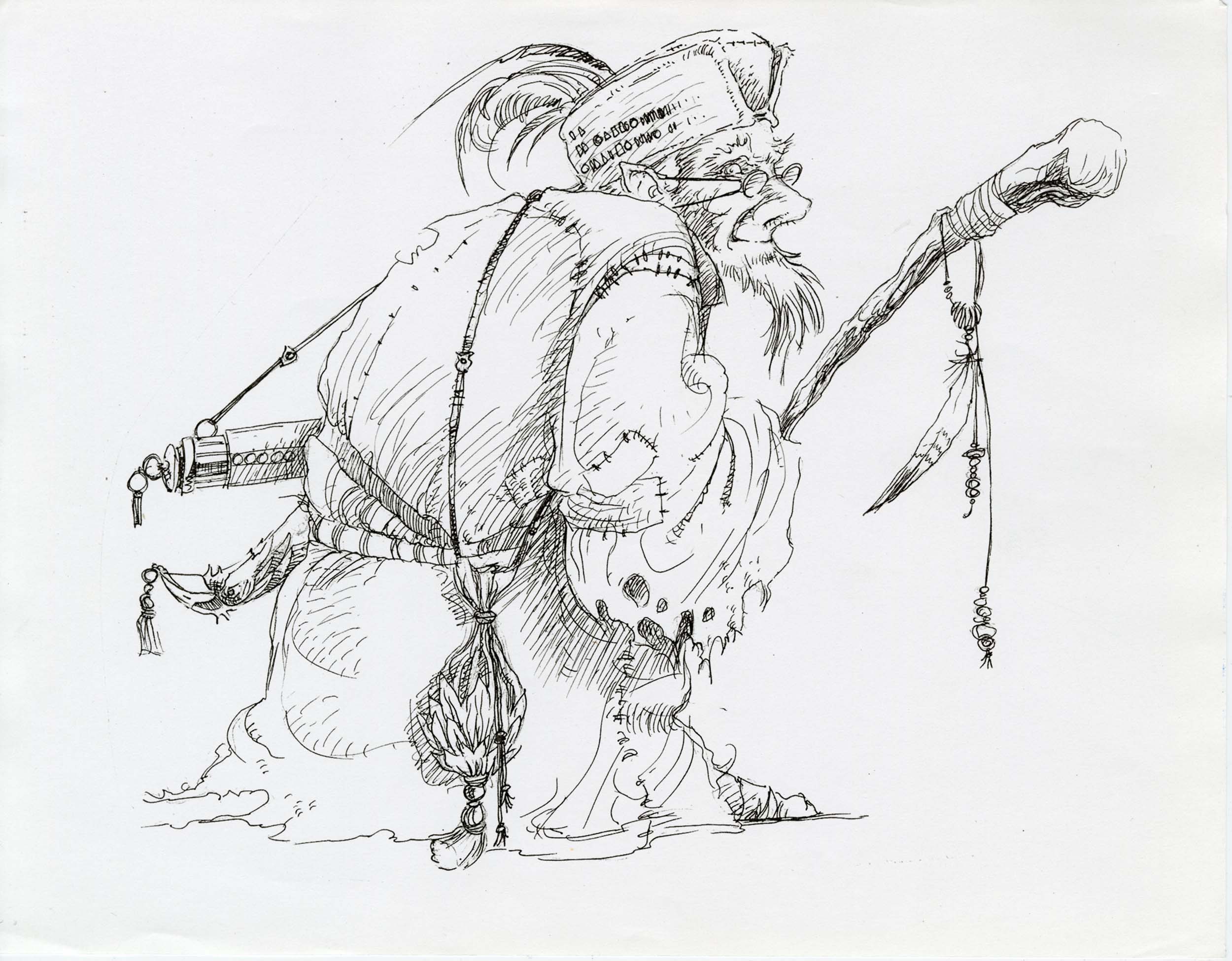
As I’d done with Medusa, for this final piece, I colored a black & white laser copy of the ink drawing instead of directly on it. This was because I was uncertain of the color palette and wanted the ability to explore my options (as well as not having it end up too close to Froud’s art). If I did indeed color up alternate versions, I have no record of them. Ultimately, I decided on teal-colored robes.
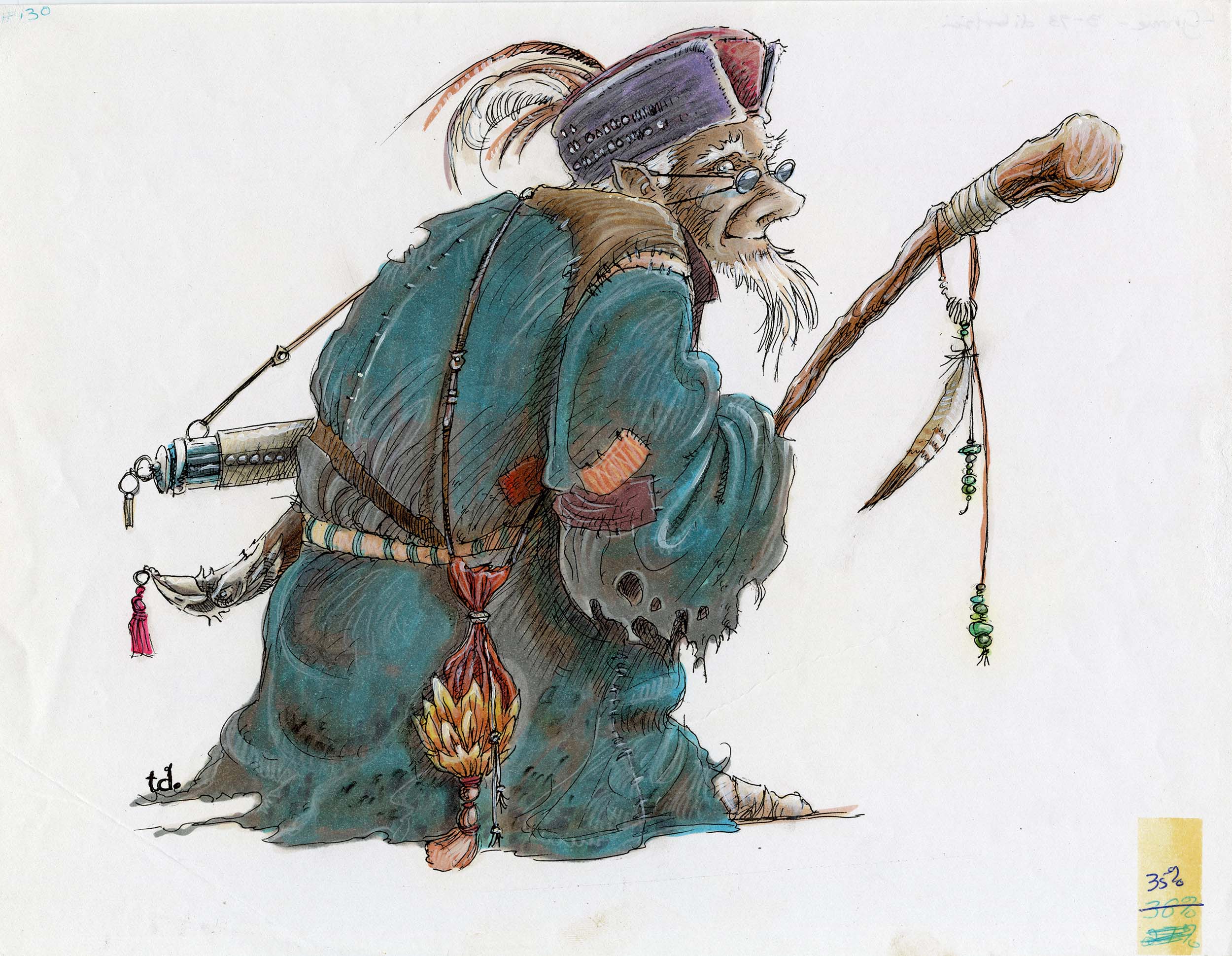
The gnome illusionist’s hat, a WWII military garrison cap, came from another wizard…a Pinball Wizard:

Elton John was sporting an array of gaudy garrison-style caps during the early 1990s. They were so unusual, I just had to incorporate one in my art.
Besides, the garrison cap wearing illusionist, there was a second entry in the Monstrous Manual: the Tinker Gnome.
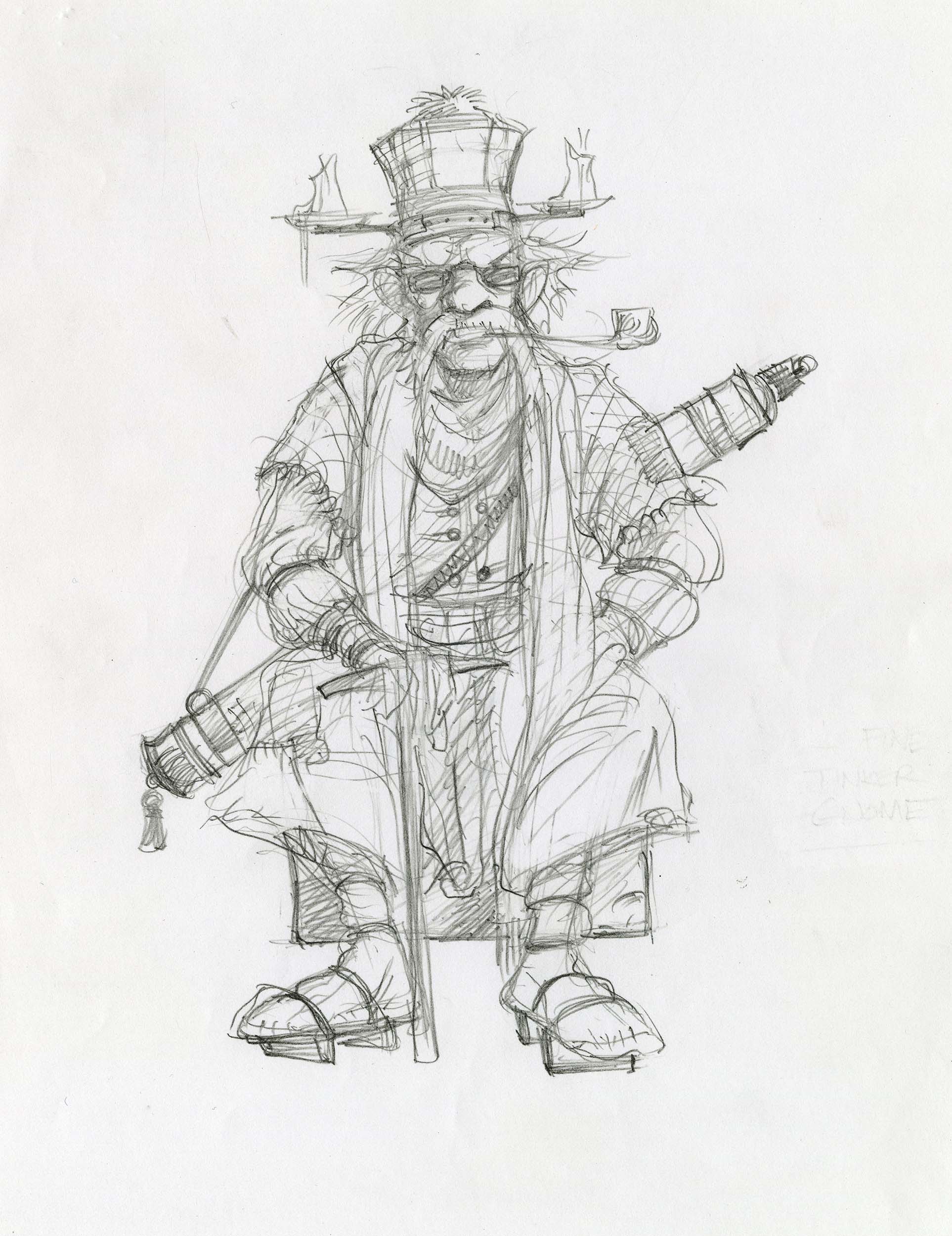
His pose was taken from an engraving from yet another Dover Publications book, Men: A Pictorial Archive from Nineteenth-Century Sources.
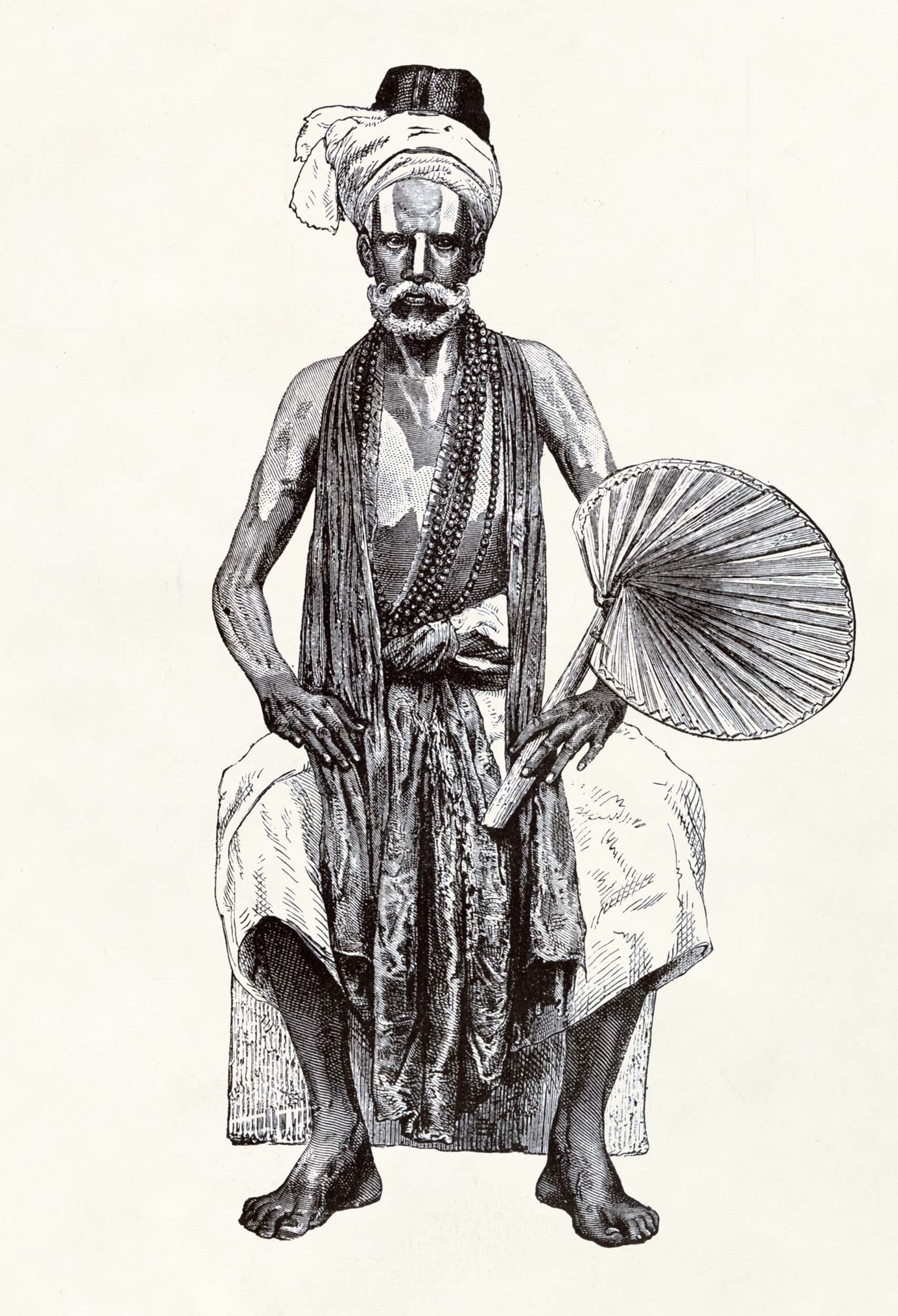
Like the illusionist, the pencil drawing was also laser copied onto paper then colored. I was experimenting on the fly and wanted options. If the colored sketch was too soft and didn’t work, I still had the original that I could ink and finish. Today, I no longer own the artwork (or even a decent laser copy) but it looks like I did ink the piece in the end. If only I had some of that gnomish magic to conjure up a decent scan…
ILLUSTRATION #271: Sprite
“Normal sprites have distinctly elven features.”
—Monstrous Manual, p. 328
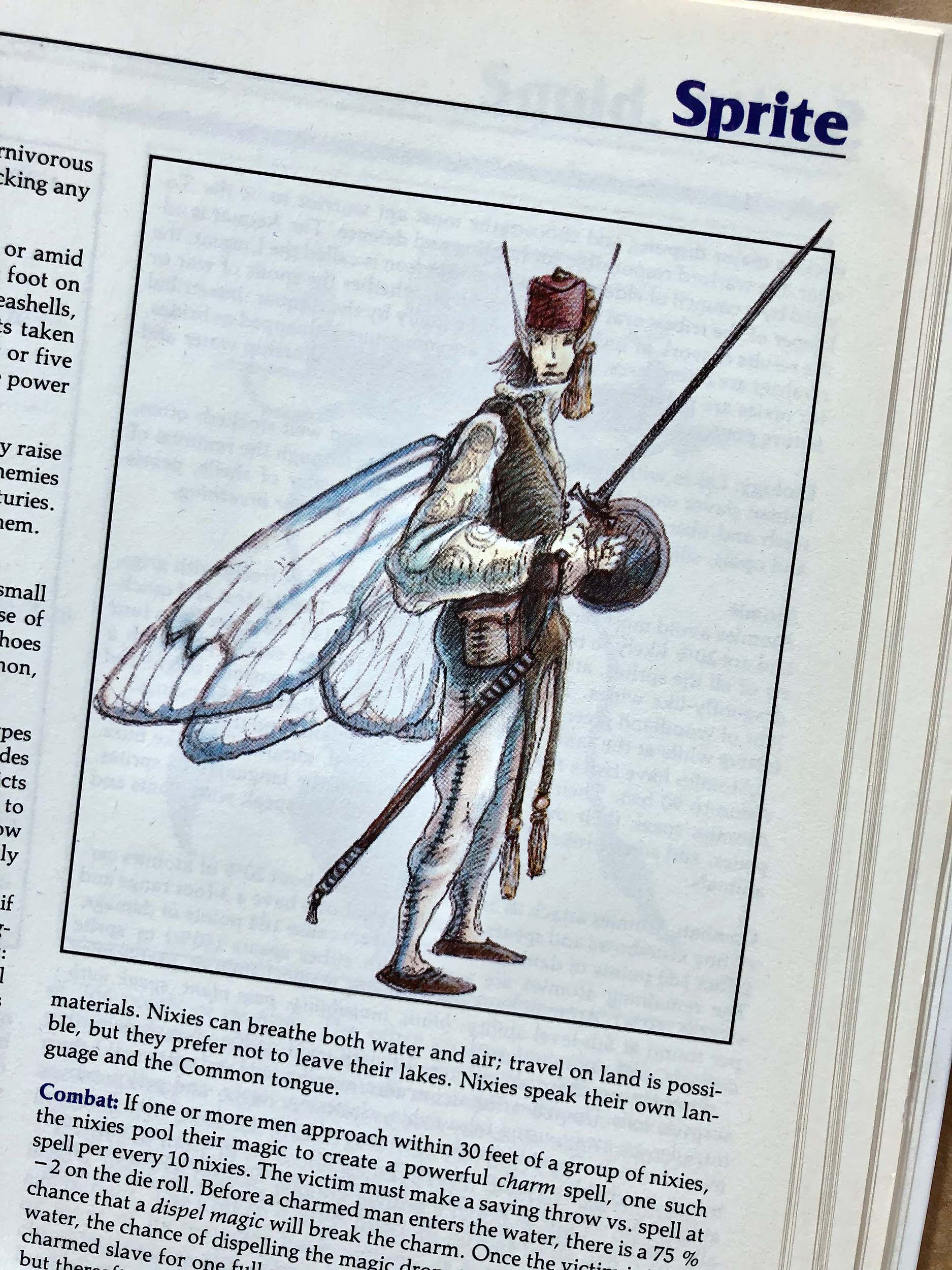
I utilized the same sketch-to-laser-copy method for the sprite as well, although the design for this li’l fella started in 1992 as an exploration of elven attire, drawn while preparing my art submission to TSR.
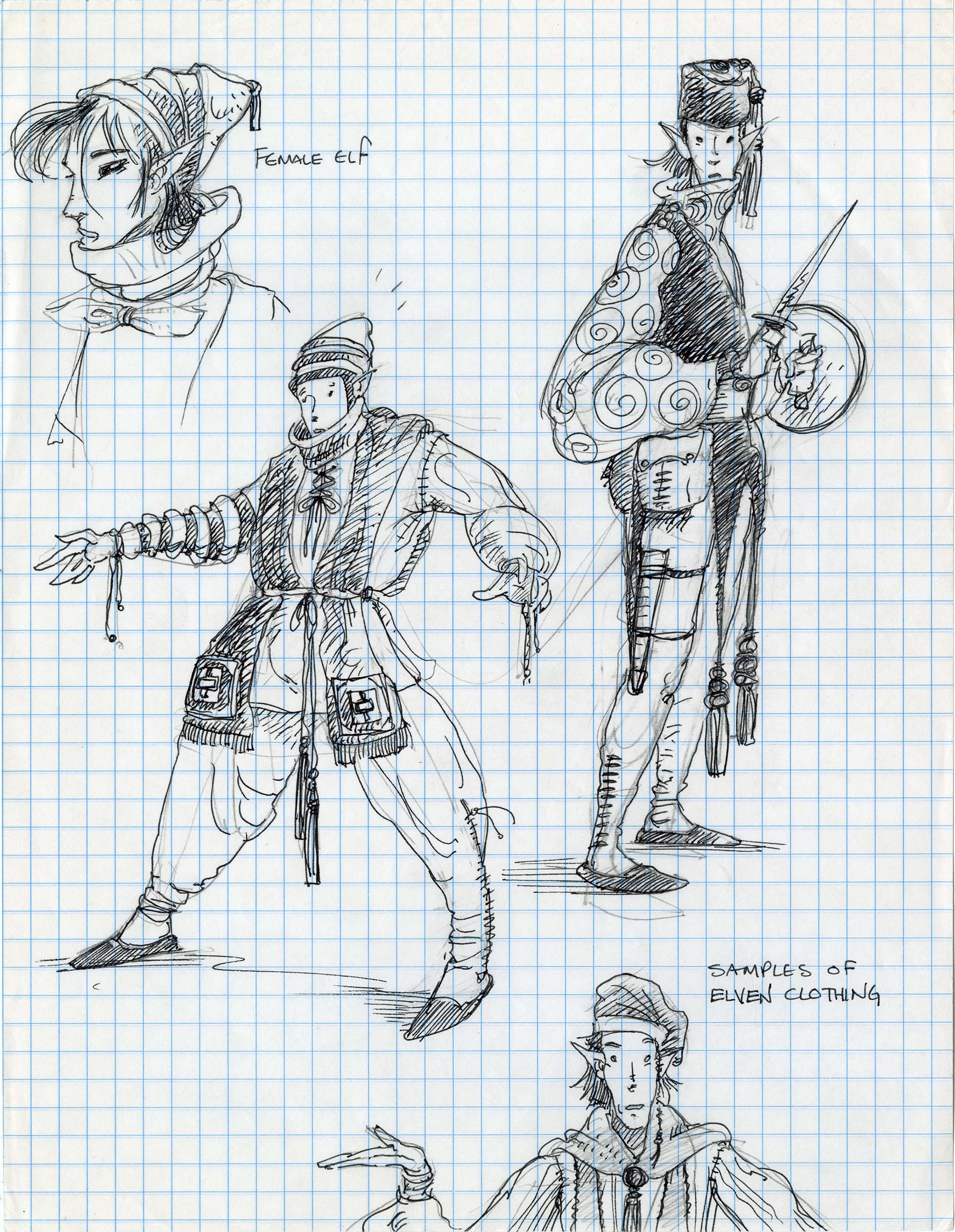
Tim approved this design, once I added (cicada) wings, changed the dagger to a longsword, and adjusted the angle of the ears.
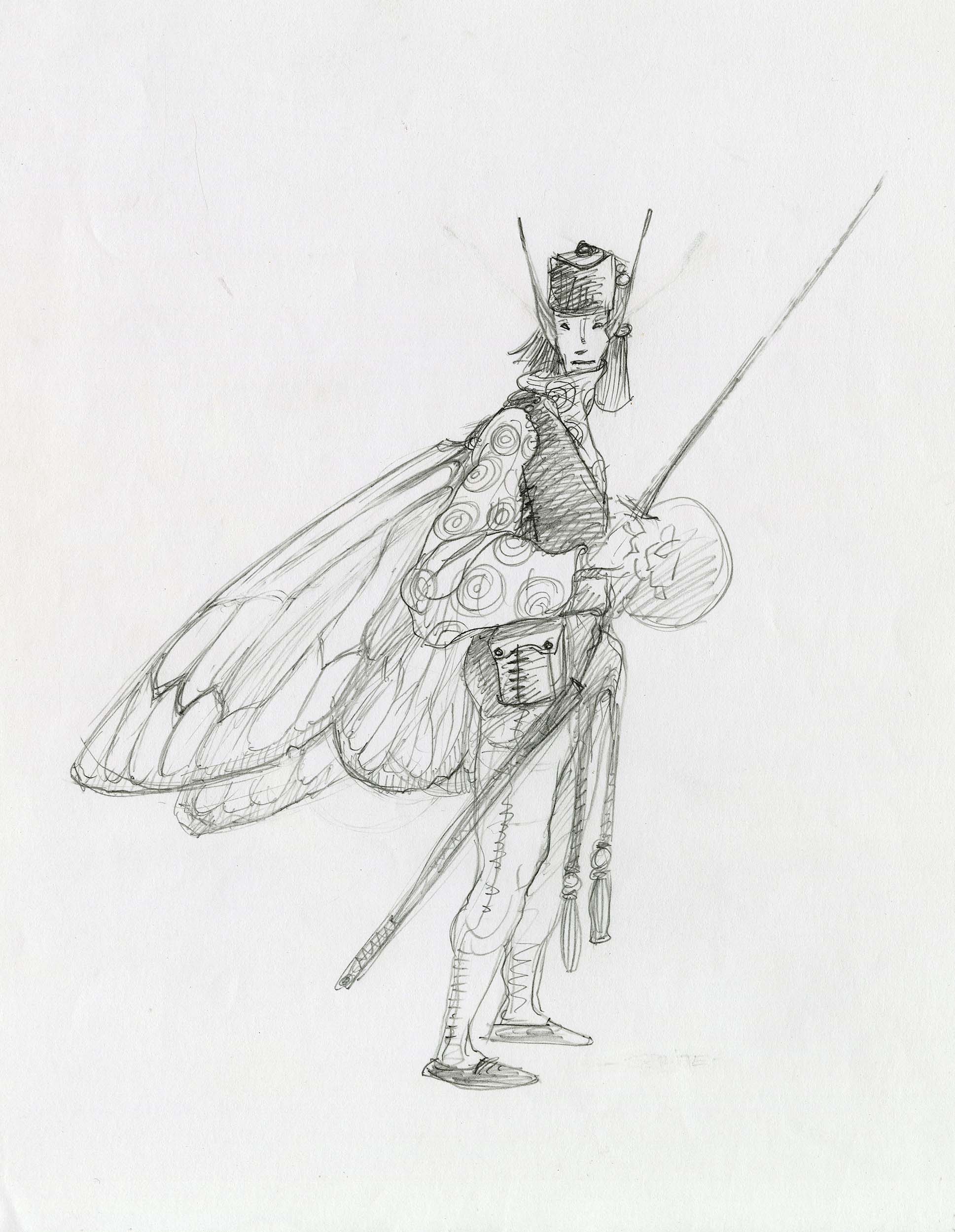
The unique costuming came from the French artist, Erté, whose elegant yet graphic, Art Deco-inspired designs were sophisticated in the same way that I imagined elven culture. My introduction to Erté’s work was a collection of his fashion drawings that I’d found in a used bookshop. Back then, I was always on the hunt for a new Dover book to add to my collection.
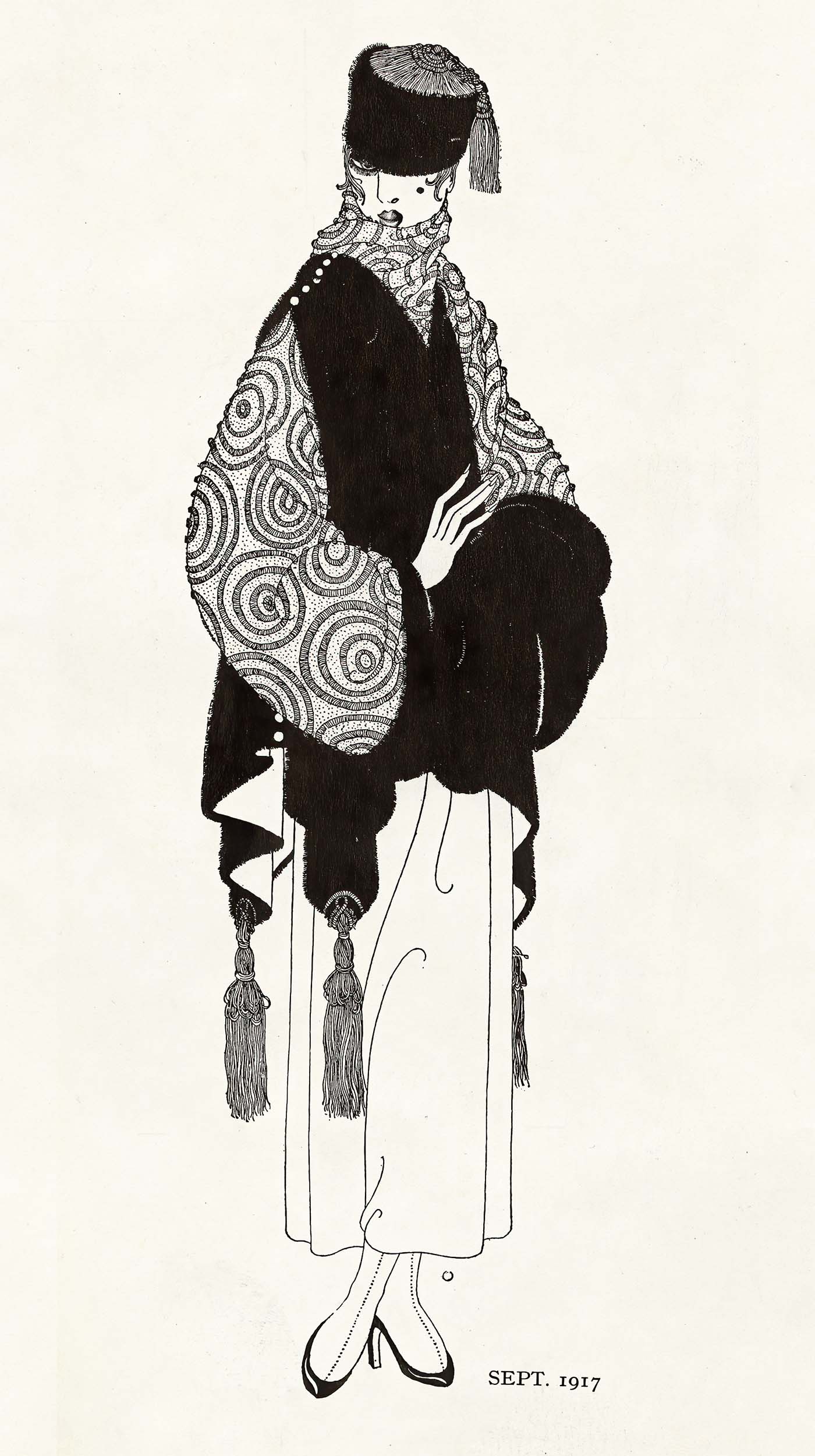
And, speaking of Dover’s books, the next three entries started with copyright-free images from this gem:

Is the cover meant to be a diagram of a woman’s mind? Is this where Pixar got the idea for Inside Out?
ILLUSTRATION #82: Elemental, Air Kin
The sylph, a mythological, elemental spirit of the air, made its D&D debut in the 1977 Monster Manual. I was excited to draw this one. Again, inspired by the artistry and brilliance of Brain Froud, I sketched out a traditional depiction of a fairy, complete with dragonfly wings.

Tim liked this sketch but had me add a little more of her “diaphonous robes” before going to final. Her pose and clothing were referenced from this image:

As you may notice from my sketch, I had not planned to have the Aerial Servant (aka Cloud Guy) behind her. You see, originally the “Elemental-Kin”, like the other “Elemental” entries, were each to be separate illustrations, but Tim asked that they be combined due to limited page space.

I resisted this request. Tim replied, “It would probably be better to put critters together when the illo calls for two of them. Why can’t you see the salamander with a fire snake? They work together sometimes. I’d prefer the elemental kin together…”

My reasoning was that, unlike the serpentine salamander and fire snakes, the other pairings were mismatched shape-wise and, therefore; clunky when placed in a composition together.
Truth be told, I did not yet possess the skills to pair them in a creative way, which is why I wasn’t happy with this request. My frustration manifested into me rushing to finish the sylph piece and move on, which is why I never detailed the final art (you’ll note her feet are poorly rendered). I’d envisioned this image as a single figure and felt Cloud Guy ruined it. But I knew I’d have another opportunity to draw a fairy type with my illustration of the nymph.
ILLUSTRATION #224: Nymph
“If the nymph disrobes, the onlooker will die unless a saving throw versus spell is successful.”
—Monstrous Manual, p. 270
Like the sylph, the nymph is first listed in the Monster Manual, but not shown. However, thanks to centuries of art history, when I think of this beautiful nature deity, my mind is flooded with classical imagery from legendary painters like John William Waterhouse and William-Adolphe Bouguereau.
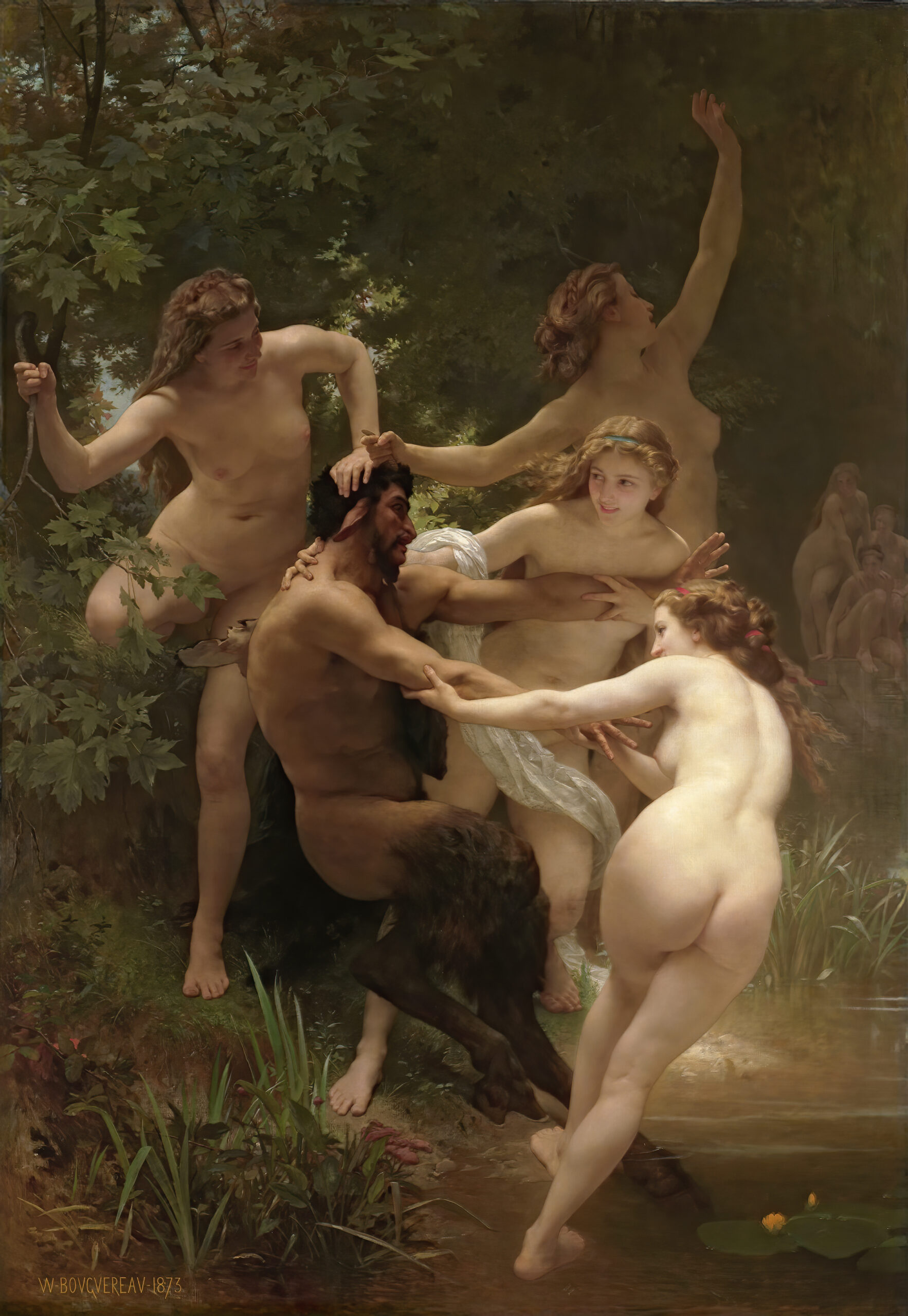
I had an idea of posing the nymph like an ancient Greek marble statue.

Using additional reference from my copy of Women: A Pictorial Archive from Nineteenth-Century Sources , I completed this piece…
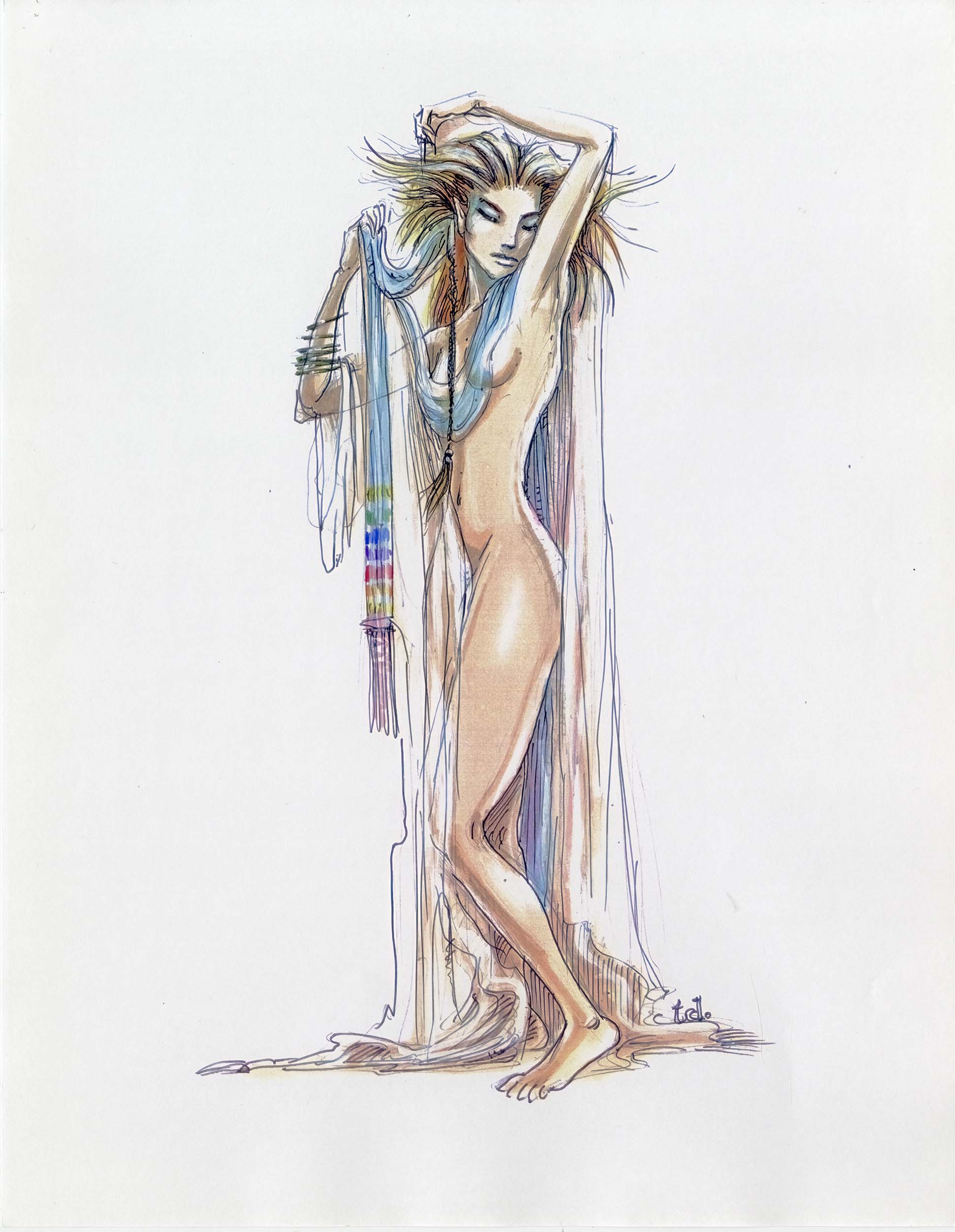
…but it didn’t work. It looked like she was toweling off after a bath. I could do better. I could create an alluring image, in line with the depictions I’d seen in those classical paintings. After hunting about for inspiration, I found the perfect pose, right smack on the cover of my life drawing handbook from art school…
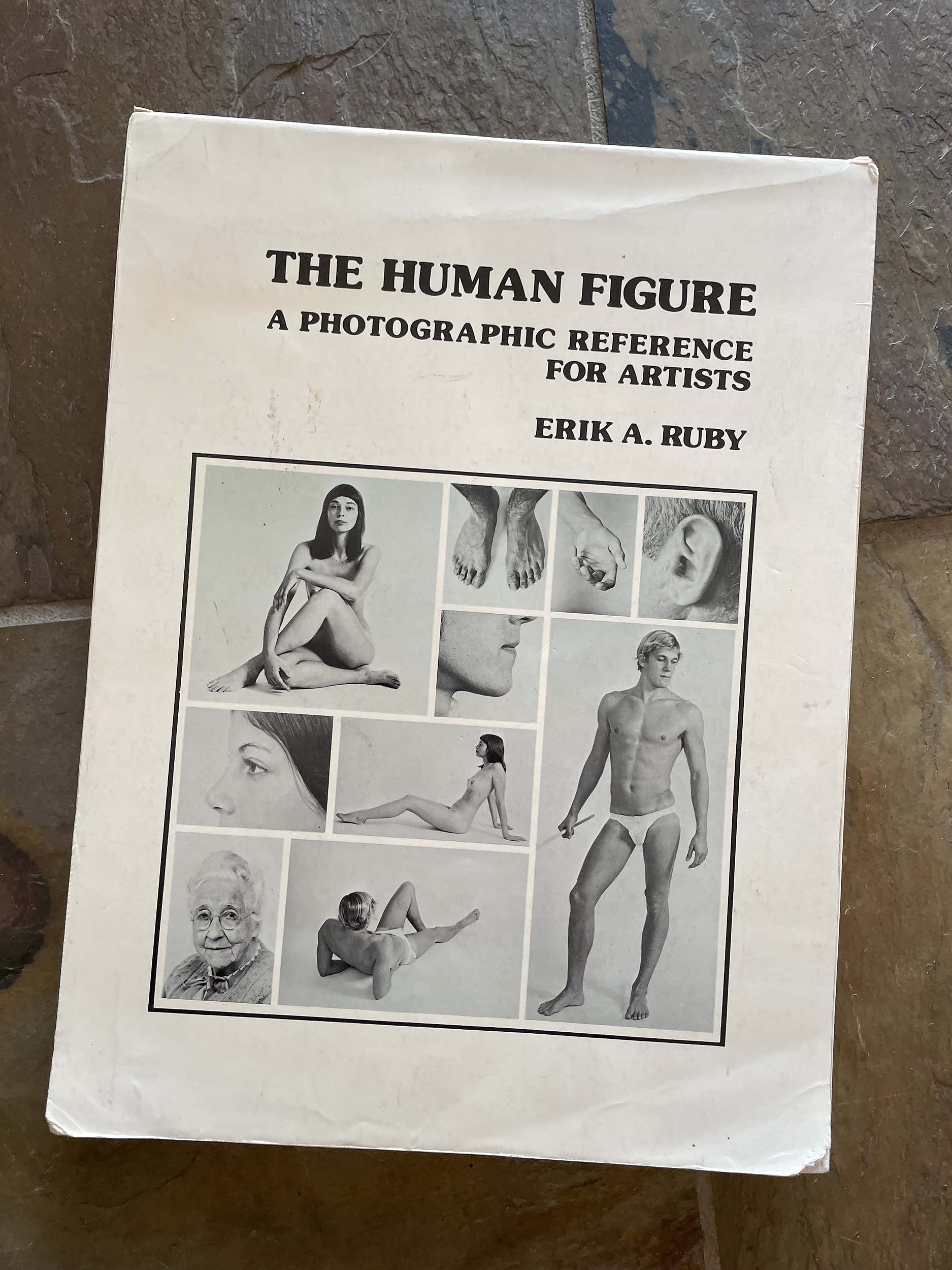
…and began sketching.
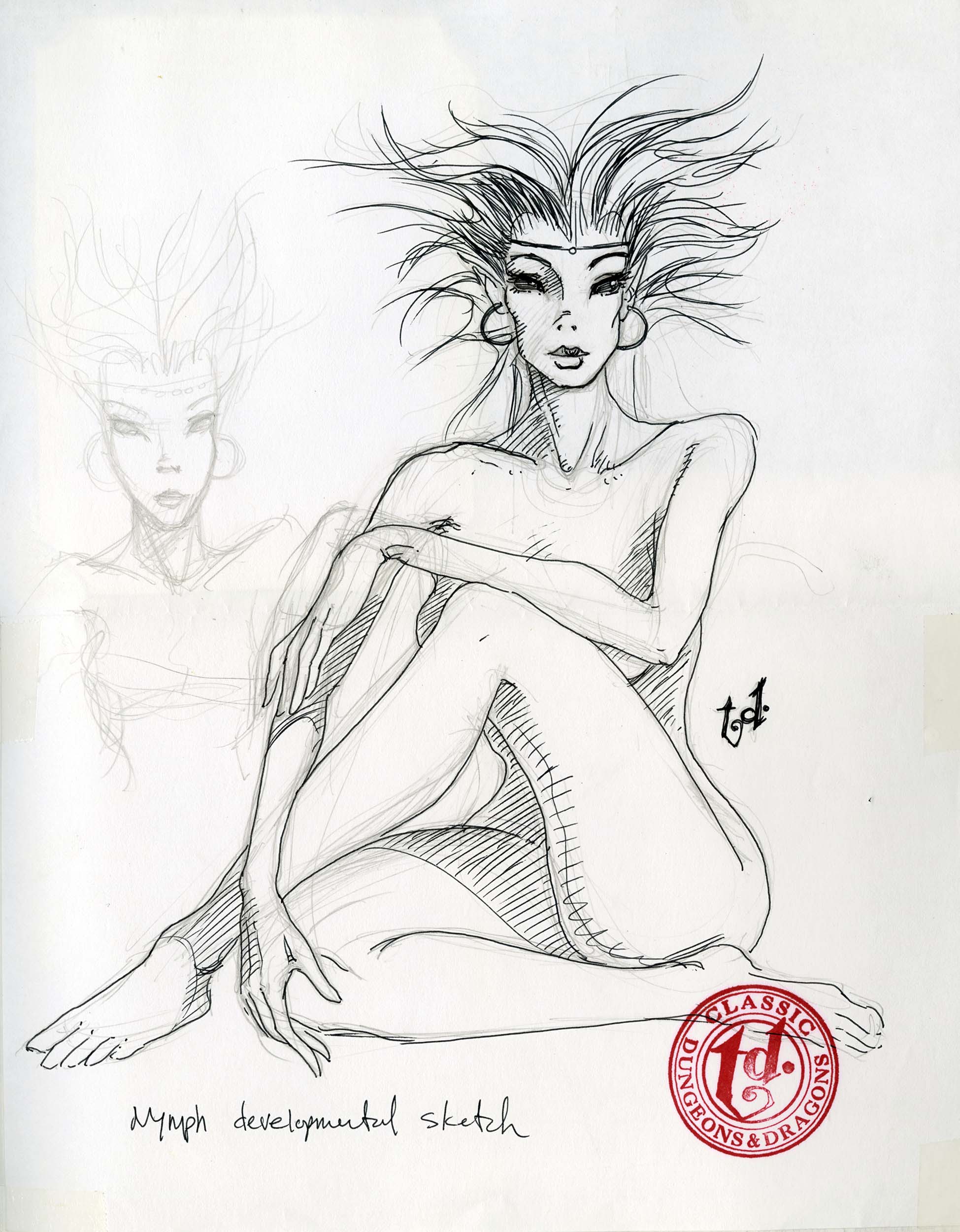
For the final art, I elongated her features. More fairy. Less human.

…but it didn’t work for TSR. As Tim said on February 25th, 1993, “Sigh. Wonderful piece but management has decided firmly, ‘no nudity’… because our company is the focus of anti-gaming material, we have to stay cleaner than all the others, and our code of ethics is clear on this. Sorry.”
I countered that, due to the pose, I didn’t reveal anything but Tim replied that she couldn’t be naked when she stood up. Okay. Fair enough.
I loved this piece and did not want to slather white paint all over it. Also, the deadline was fast approaching. So, instead of redoing the art a third time, I opted to paint on a color laser copy of this piece. I submitted the revision but still it wasn’t acceptable. Tim elaborated, “My boss, Tim Brown, asked me to save his job and get her covered up a little more. We like her but I’d have to agree that the illustration could cause some problems with our enforced PG-13 rating.” Tim went on to instruct exactly how much covering up I needed to do. I did what I was asked but was disappointed with the final printed image.
I was new to this type of compromise–that is, altering a finished piece of art that I really cared about. This wasn’t a school assignment, where I’d make the changes to score a better grade, it was a book that (as Tim said) we hoped would remain in print, “…for a number of years.” It had to be the best art I was capable of creating.
Over time, I’d learn how to collaborate with others and still satisfy my inclinations and personal goals. When I look back, I realize my experience working for TSR was my on-the-job training for the future book projects that were little more than daydreams back in 1993.
ILLUSTRATION #78: Dryad
Unlike the previous two fairies, the process for creating the dryad was as easy as picking wildflowers…well, without thorns, stinging insects or poison ivy.
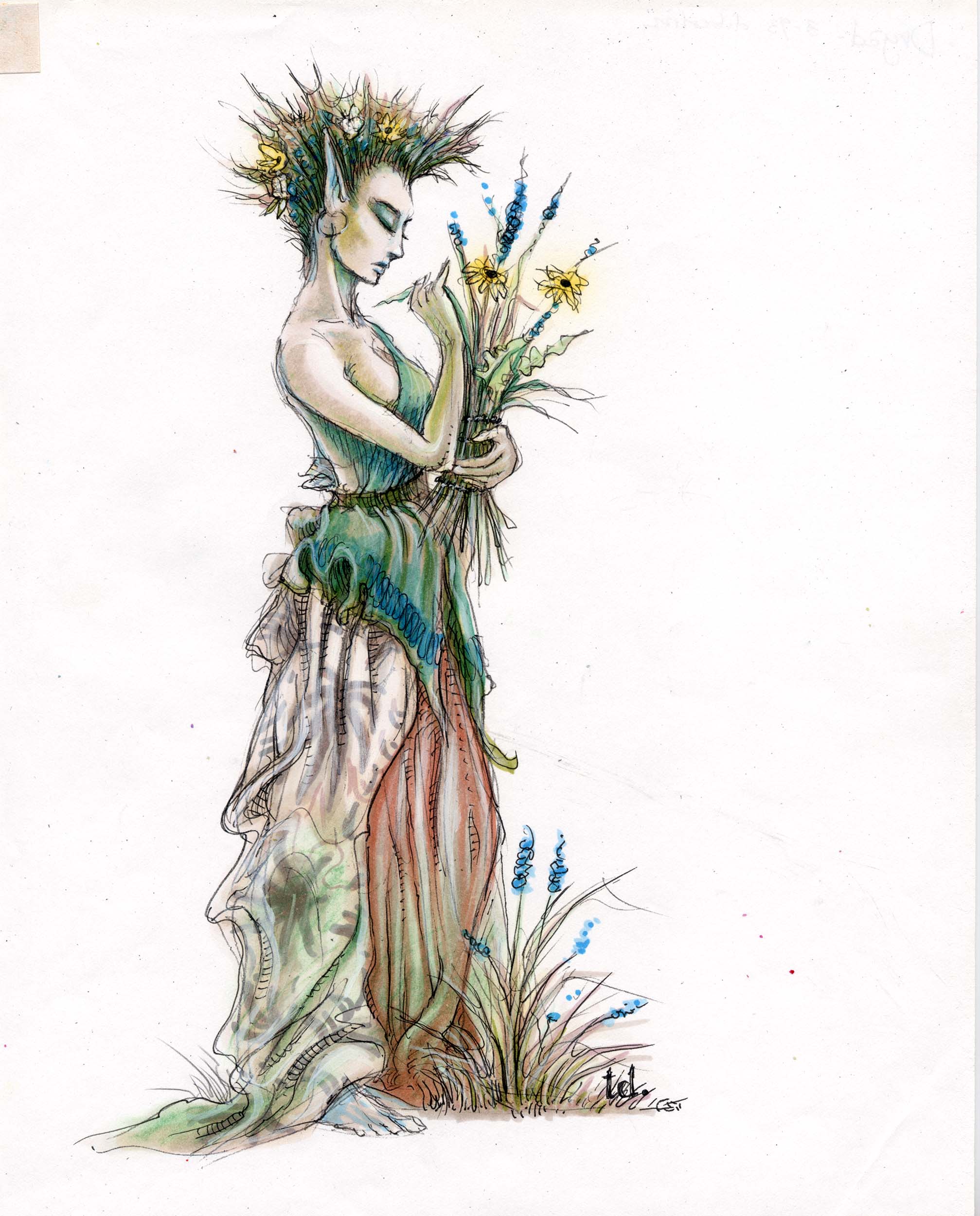
The finished piece was completed in the first batch of finished art and colored over a laser print of the pencil sketch, to give it that soft line.
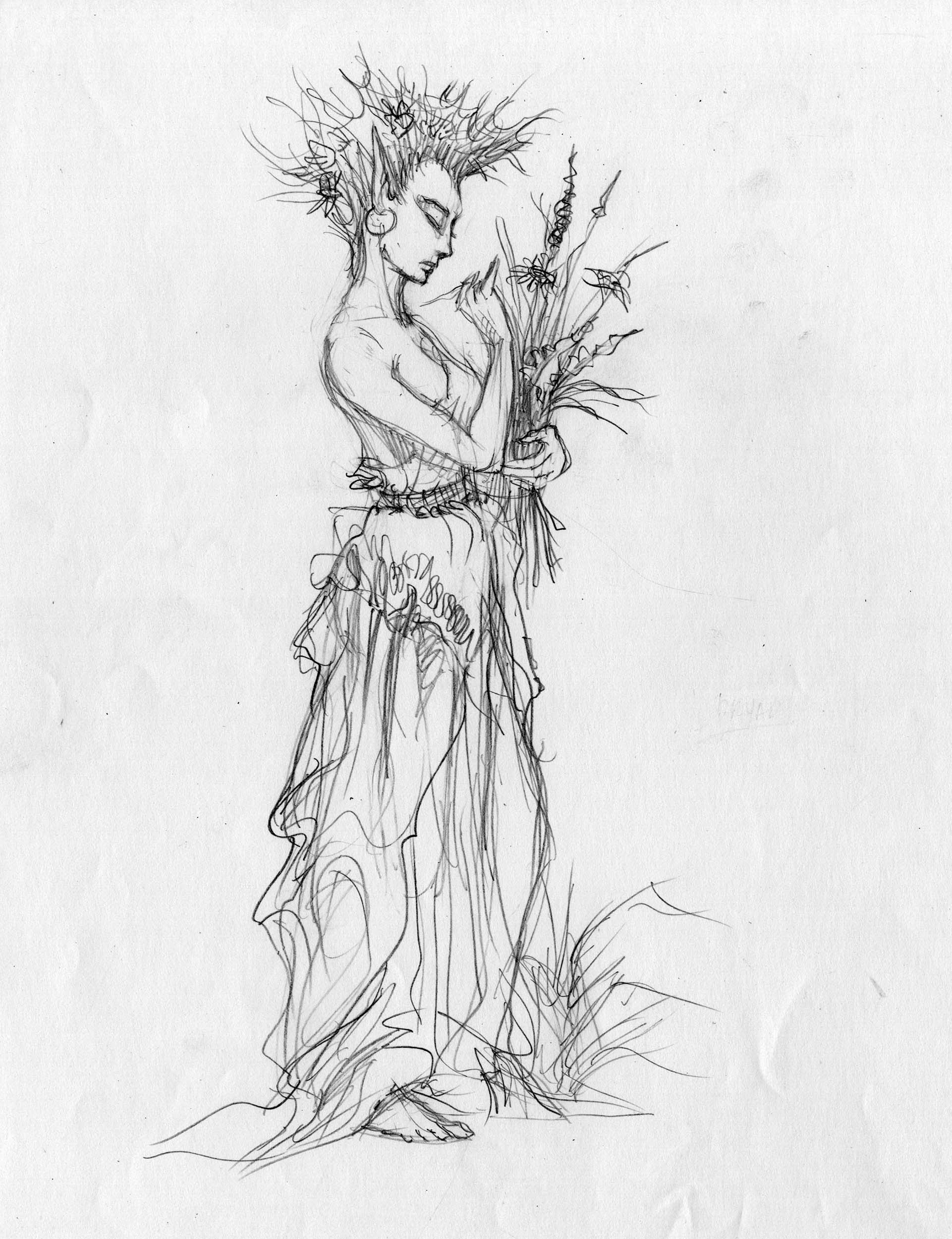
Some have pointed out that the spiked hair is a distinct characteristic of my interpretation of this mythical being. Truth be told, I was thinking of the Oona character from the 1985 film, Legend, who sported a similar style:

The pose and drapery, however, were (like the sylph and the first attempt of the nymph) taken from an exquisite woodcut engraving in that Women book I mentioned earlier.

Boy, oh boy, those Dover Publications were really helping me along with this project, especially with all the fantastic D&D animals I still had to draw. We’ll get to those next!
Next: PART 6: Monstrous Fauna
Back to main news page

 Menu
Menu Connect
Connect
































